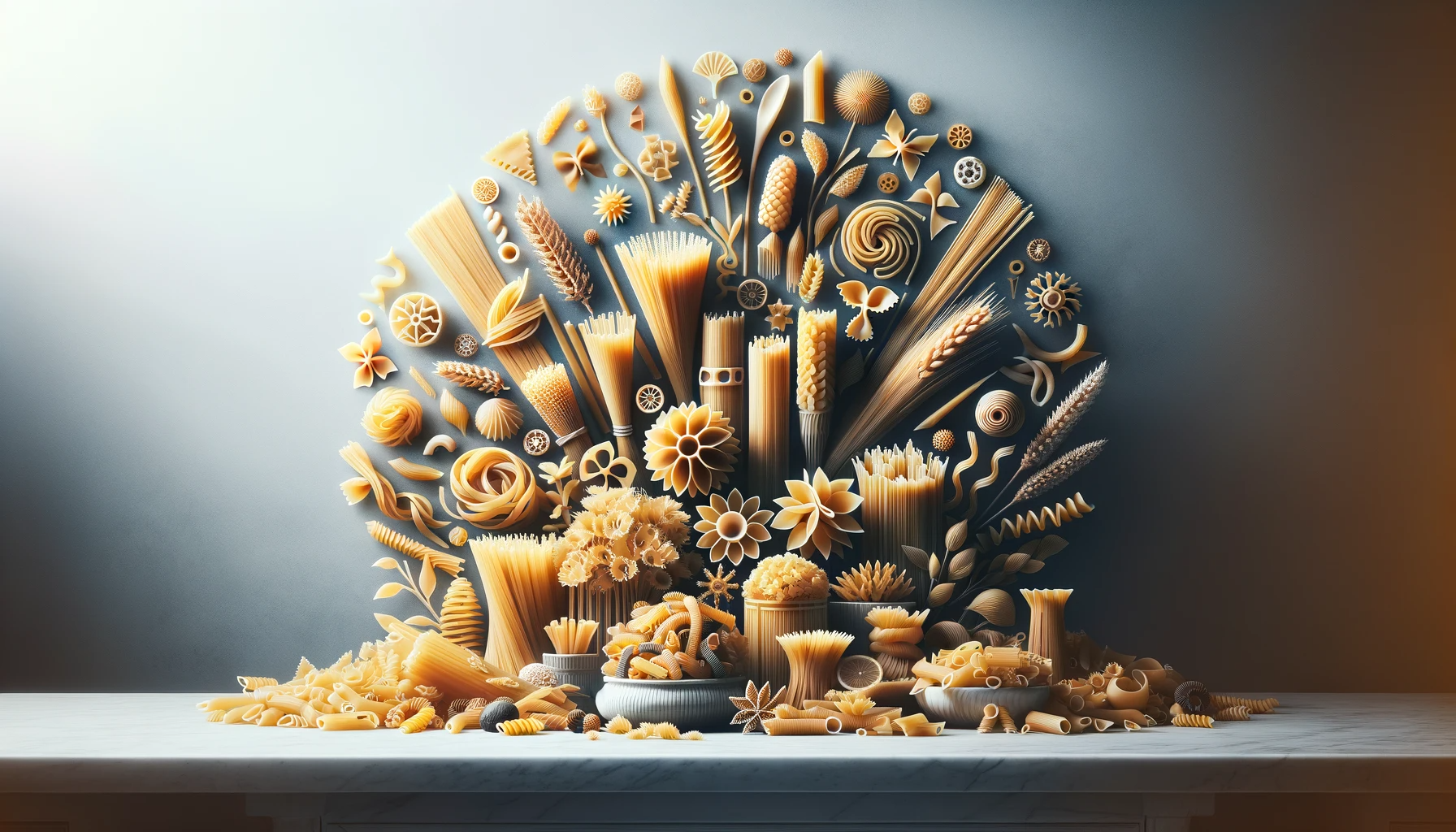If you’re a food enthusiast and love Italian cuisine, you’ve probably wondered how to make pasta from scratch. Making fresh pasta is a culinary art that allows you to control the ingredients and create delicious, authentic dishes. In this comprehensive guide, we will explore the ingredients and techniques required to craft your own homemade pasta.
Ingredients for Homemade Pasta
1. Flour: The primary ingredient for pasta is flour, and the type you choose can make a significant difference in texture and flavor. Durum wheat flour, often labeled as semolina, is the preferred choice for many traditional pasta recipes. It has a high protein content, which creates a sturdy pasta that holds up well to cooking.
2. Eggs: Eggs add richness and flavor to your pasta dough. Use fresh, high-quality eggs to achieve the best results. The ratio of eggs to flour varies depending on the type of pasta you’re making, but a general guideline is about 1 egg for every 100 grams of flour.
3. Salt: A pinch of salt enhances the flavor of your pasta dough. It also helps to strengthen the gluten, giving your pasta a desirable texture. Be mindful not to over-salt, as you can always adjust the seasoning when you cook the pasta.
The Basic Pasta Making Process
1. Mixing the Ingredients:
- Create a Mound: Start by making a mound of flour on a clean, flat surface. You can also use a mixing bowl.
- Form a Well: Use your fingers or a fork to create a well in the center of the flour mound. This well will hold the eggs and salt.
- Add the Eggs: Crack the eggs into the well and add a pinch of salt. If you’re making a large batch of pasta, you can use a mixing bowl and a stand mixer with a dough hook attachment.
2. Incorporating the Ingredients:
- Gradually Combine: Use a fork or your fingers to gradually incorporate the flour into the eggs. Keep mixing until the dough starts to come together.
- Kneading: Once most of the flour is mixed in, start kneading the dough. Fold it over and push it with the heel of your hand. Knead for about 10-15 minutes until the dough is smooth and elastic.
3. Resting the Dough:
- Wrap and Rest: Wrap the dough in plastic wrap and let it rest for at least 30 minutes at room temperature. This allows the gluten to relax, making it easier to roll out the pasta.
4. Rolling and Shaping:
- Rolling Pin or Pasta Machine: After resting, roll out the dough using a rolling pin or a pasta machine. A pasta machine allows you to achieve a consistent thickness. Start with the widest setting and gradually work your way to the desired thickness.
- Cutting Shapes: You can cut your pasta into various shapes such as fettuccine, spaghetti, or ravioli using a pasta cutter or knife.
5. Cooking and Serving:
- Boiling: Fresh pasta cooks quickly, usually in just a few minutes. Boil it in well-salted water until it’s al dente, then drain.
- Serving: Toss your homemade pasta with your favorite sauce, or simply drizzle it with olive oil and sprinkle with grated cheese. The possibilities are endless!
Tips for Perfect Homemade Pasta
1. Flour Measurement: Accurate flour measurement is crucial. Use a kitchen scale for precise results.
2. Egg Size: Large eggs are the standard choice for pasta making, but adjust the number of eggs based on their size.
3. Resting Time: Don’t rush the resting time. It allows the dough to relax, making it easier to roll out without tearing.
4. Pasta Thickness: Experiment with different thicknesses based on the type of pasta you want to create. Thicker dough is suitable for lasagna, while thinner sheets work well for delicate ravioli.
5. Semolina Flour: For an even richer flavor and a firmer texture, consider using a mix of semolina and all-purpose flour.
In conclusion, making pasta from scratch is a rewarding and delicious endeavor. By understanding the right ingredients and techniques, you can create pasta dishes that rival the best Italian restaurants. So, roll up your sleeves, gather your ingredients, and embark on your journey to becoming a pasta-making maestro!
